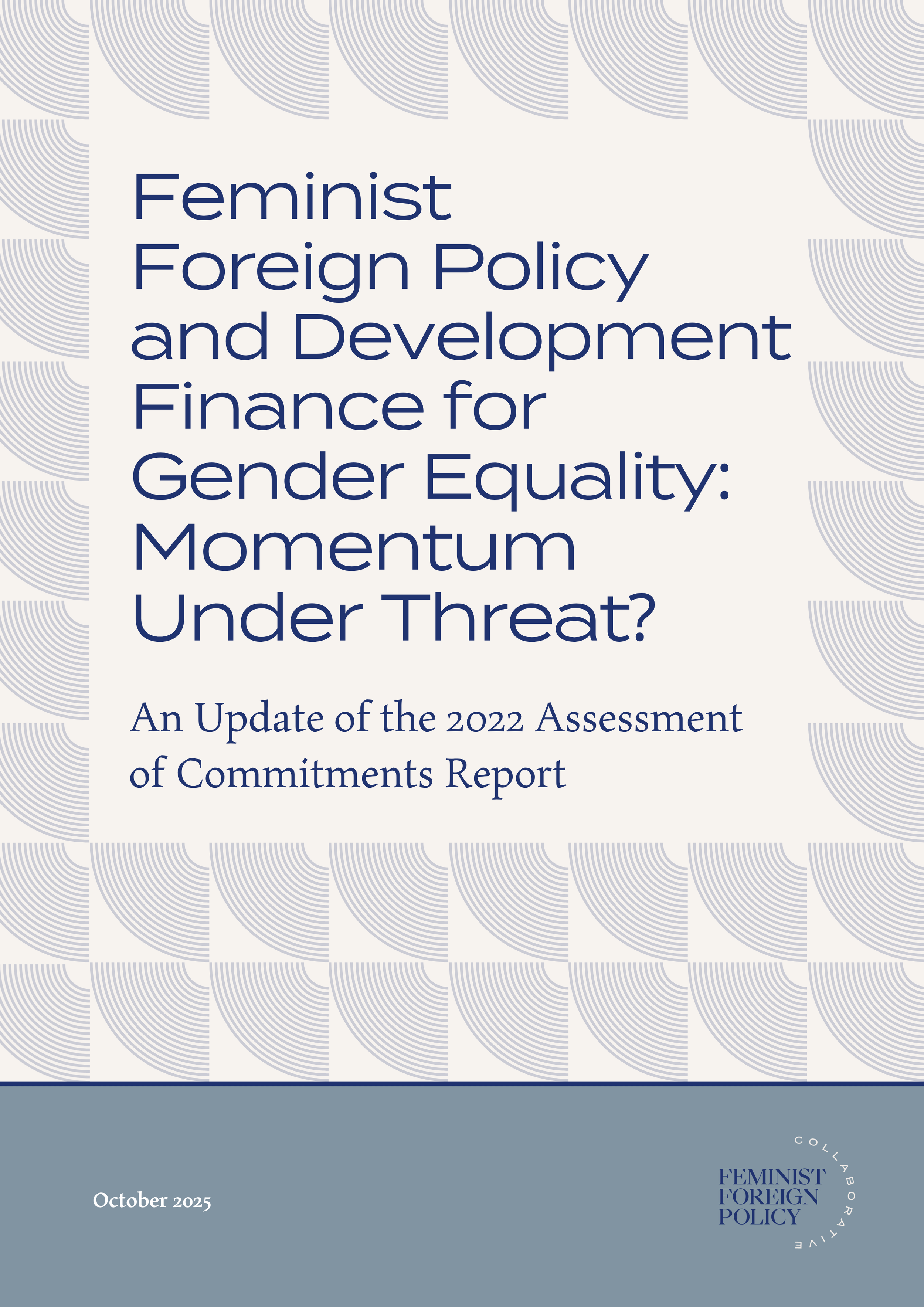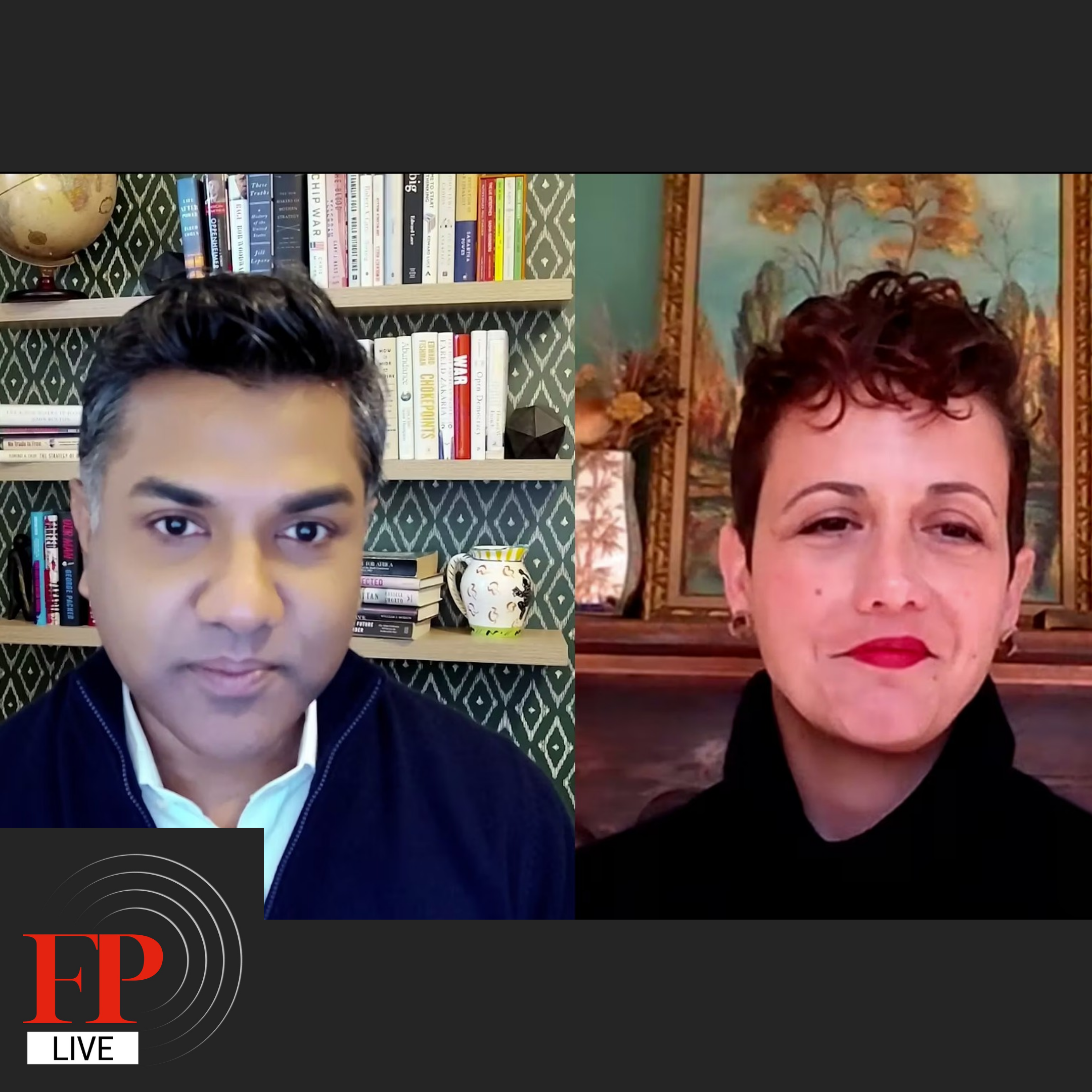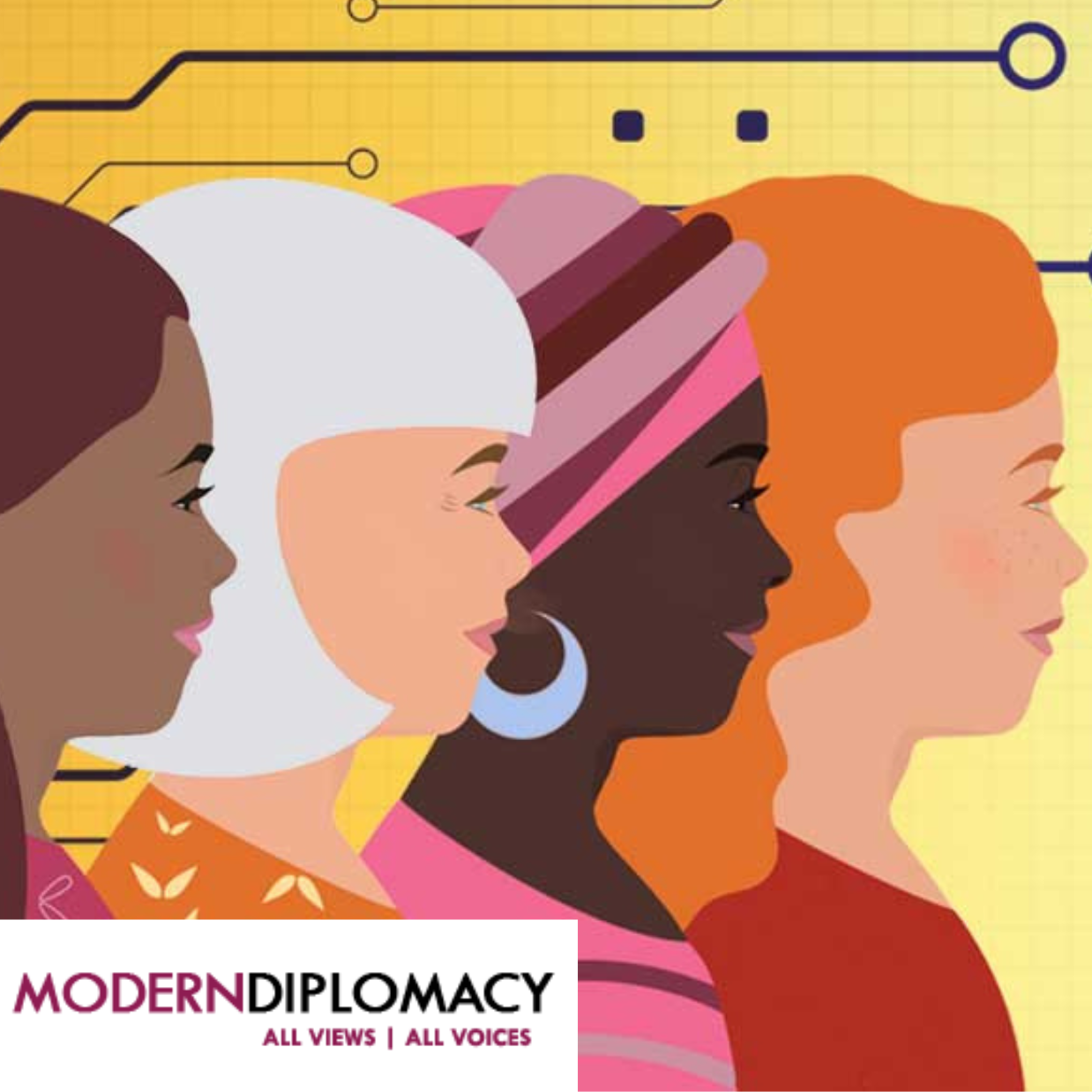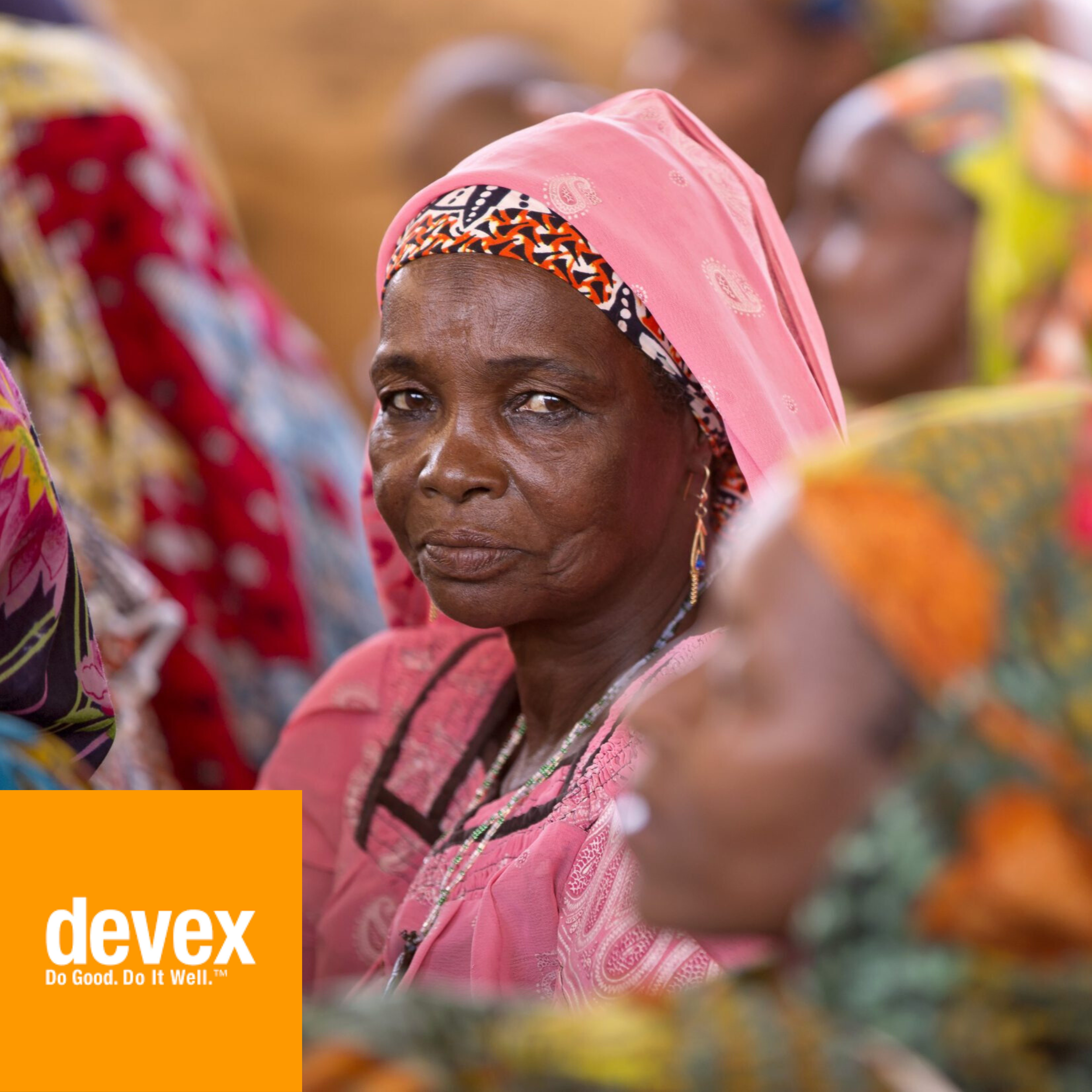Feminist Foreign Policy and Development Finance for Gender Equality: Momentum Under Threat
An Update of the 2022 Assessment of Commitments Report
Published: October 22, 2025
Author: Beth Woroniuk, Senior Fellow, Feminist Foreign Policy Collaborative
Suggested Citation: Woroniuk, Beth. 2025. Feminist Foreign Policy and Development Finance for Gender Equality: Momentum Under Threat — An Update of the 2022 Assessment of Commitments Report. Feminist Foreign Policy Collaborative. https://www.ffpcollaborative.org/ffp-dev-finance-for-ge-2025.
Executive Summary
The current state of global resourcing for gender equality is marked by persistent and urgent alarm. In particular, there are grave concerns about the future of women’s rights organizations, feminist movements in the Global South and Global East, and United Nations (UN) entities mandated to advance gender equality. As funding for women’s rights organizations shrinks, support for anti-gender and anti-rights actors rises. Many activists and analysts are turning to countries with feminist foreign policies (FFPs) and feminist development policies (FDPs) for leadership.
This report updates the 2022 analysis of official development assistance (ODA) commitments by Organisation for Economic Co-Operation and Development (OECD) Development Assistance Committee (DAC) member countries with FFPs and FDPs, highlighting changes based on the most recent data available (through 2023) from the OECD Creditor Reporting System (CRS). It finds that, on average, FFP and FDP countries provide more gender equality-focused ODA, including support to women’s rights organizations and initiatives aimed at ending violence against women and girls (VAWG), than the overall average of the members of the DAC. In addition to these positive trends, the report notes that, on average, FFP and FDP countries devote less ODA to initiatives coded as reproductive health and family planning than the DAC average. Notably, several non-FFP countries invest a greater percentage of their ODA in gender equality-focused aid than their FFP counterparts.
These data also reveal a concerning overall picture of ODA invested in women’s rights organizations. While FFP countries invest in women’s rights organizations approximately five times more (on a percentage basis) than the average of DAC members, these investments are miniscule and stagnating. Furthermore, this already tiny amount decreased in 2023.
The report offers an overview of several FFP “signature initiatives” that focus on supporting women’s rights organizations. Although modest in volume, collectively these programs explore new ways of partnering with civil society and have the potential to build innovative approaches to development finance. There are relevant lessons related to shifting power and localization that can be brought into current discussions on the future of ODA.
Noting that much has changed since 2023 and the release of the latest data, the report also explores the current context, particularly widespread cuts in ODA — even by FFP and FDP countries. It raises questions for future exploration on how FFP and FDP countries can provide leadership, protect gender equality-focused ODA (particularly resourcing for women’s rights organizations) and engage in broader follow-up discussions to the Fourth International Conference on Financing for Development (FFD4). Of particular interest is moving the discussion of FFPs and gender equality financing beyond ODA and engaging non-DAC members.
The report concludes with recommendations for FFP and FDP countries that are also relevant for countries aiming to provide leadership on gender equality financing:
Continue to respect the long-standing ODA target of 0.7 percent of gross national income as this remains a key enabler of gender equality resourcing. Resisting pressures to reallocate development finance to defense budgets is a challenging yet vital lever to mobilize much-needed investments in the rights of women in all their diversity.
Commit to targets for gender equality ODA, including 20 percent marked as “principal.”
Ally with women’s and feminist funds as key actors in the resourcing ecosystem. This includes, among numerous possibilities, participating in joint coalitions and mechanisms, such as the Alliance for Feminist Movements, structuring meaningful conversations and exchanging lessons or resourcing pilot projects and working together to identify new resourcing possibilities for feminist movements.
If faced with ODA cuts, find ways to ring-fence and protect gender equality ODA, particularly programs that provide core, flexible and long-term support to women’s rights organizations and feminist movements.
Continue to learn from and expand new and better partnerships that address critiques of bureaucratic, neocolonial and out-dated ways of working. Several FFP signature initiatives provide lessons on how ODA can move to women’s rights organizations more efficiently.
Support improved reporting and tracking of gender equality investments and results, strengthening the ability to demonstrate the relevance of gender equality funding for democracy, peace, climate change and other development goals.
Look for new ways of supporting and building momentum for gender equality financing through ODA and other mechanisms.
The annexes include country overviews of Canada, France, Germany, Slovenia and Spain, highlighting advances, gaps and recommendations.









